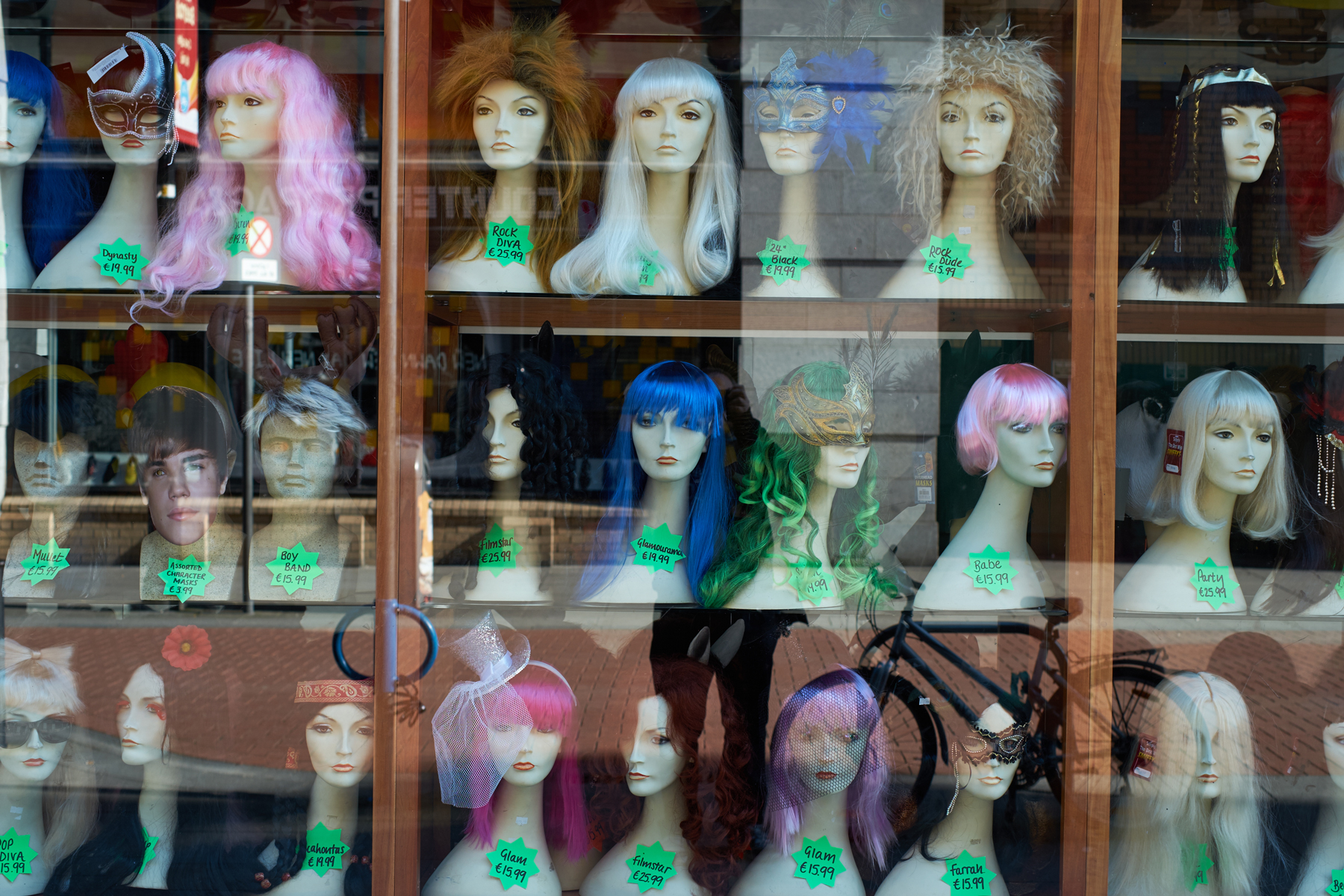 If you're a fuji user or even just a fan you've probably been reading the reports of upcoming X-Pro1 and XE-1 support to be added to Capture One, the high end Raw converter from Phase One. Reports had been steadily leaking out from people using the beta and the general consensus was that it was an improvement over Adobe's implementation in Lightroom. They released the final version today, and I decided to have a look and see if it lived up to the hype.
If you're a fuji user or even just a fan you've probably been reading the reports of upcoming X-Pro1 and XE-1 support to be added to Capture One, the high end Raw converter from Phase One. Reports had been steadily leaking out from people using the beta and the general consensus was that it was an improvement over Adobe's implementation in Lightroom. They released the final version today, and I decided to have a look and see if it lived up to the hype.
In case you're not following this blog regularly, let me just tell you where I'm coming from with regard to this subject, just so you can put my opinions in context. I had been a relatively early adopter of the X-Pro1 but I had eventually sold mine, partly due to the lack of a good workflow for handling the raw files. It was actually the Lightroom support that pushed me over the edge. I was very critical of it, and found the "watercolour" artefacts to be completely unacceptable. Needless to say I got a lot of criticism for those comments (from both die hard Fuji fans who think the X-Pro1 is perfect in every way, and die hard Lightroom fans who believe the same thing about Lightroom.) I've done a lot of testing and playing around with settings trying to find a way to live with Lightroom's conversions, but I stand by my opinion, that the quality of the raw processing of X-Pro1 files in Lightroom is seriously sub par. To be fair, I am hyper-critical when it comes to image quality. I have worked for years in broadcast television, and a critical part of my job is making sure the images I produce meet broadcast standards, so quality control is drilled into me. Anyway, I just want to put that out there, because I was so critical of the raw conversion to date, that it says so much more when I say that am blown away by the difference with Capture one.
DP Review did some initial testing today and they were somewhat skeptical of the differences, but I have to disagree with their findings. I've spent a few hours with it now and I have to say the difference is night and day. There is still a degree of the watercolour effect with capture one, but it is much less obtrusive than Adobe's. Images are also much sharper even with the default settings. In fact, in my opinion you need to turn the sharpness down a little. I don't want to go mad with lots of comparison images because there are lots of them out there on the web already, and you can download a 60 day trial and try it for yourself if you want to do your own comparisons. But I do want to point out a few things. It should be noted that it's not just the smearing that Capture one does better. The whole image seems to be much sharper, and also there is much better colour in details too.
Here's one quick example...
Firstly, look at this 100% crop for this shot of these cyclists on the bridge. I'm not attempting to do a scientific comparison, because frankly, they're bullshit in these circumstances. I've tried to get both images reasonably similar, and I've processed both to make them look the best. I'm sure someone will complain that I'm skewing the results one way or the other, but, I'm not…so..you know…go away….
Here's the Lightroom version:
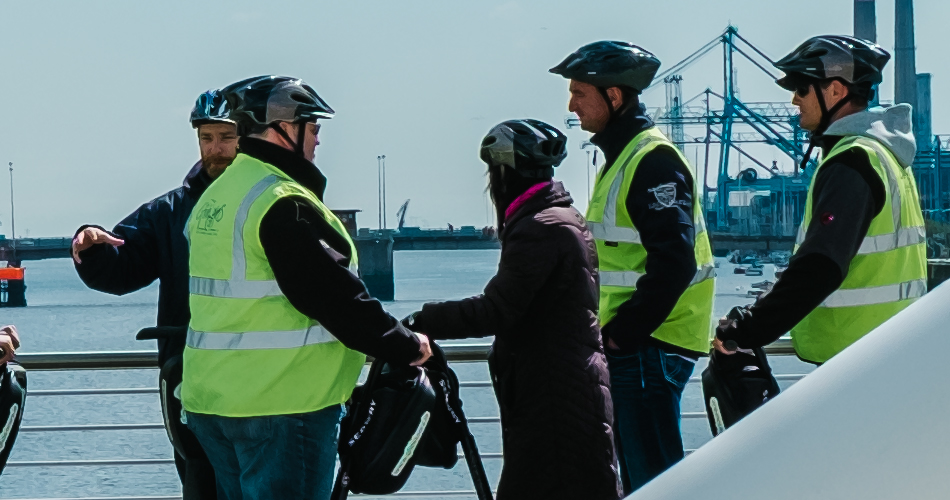
It's not too bad. But pay attention to a few things. The cranes in the background and the logos on the sleeves of the two guys on the right of the frame. Here's the same image in capture one. I've actually turned the sharpening down a little from the default in this one….
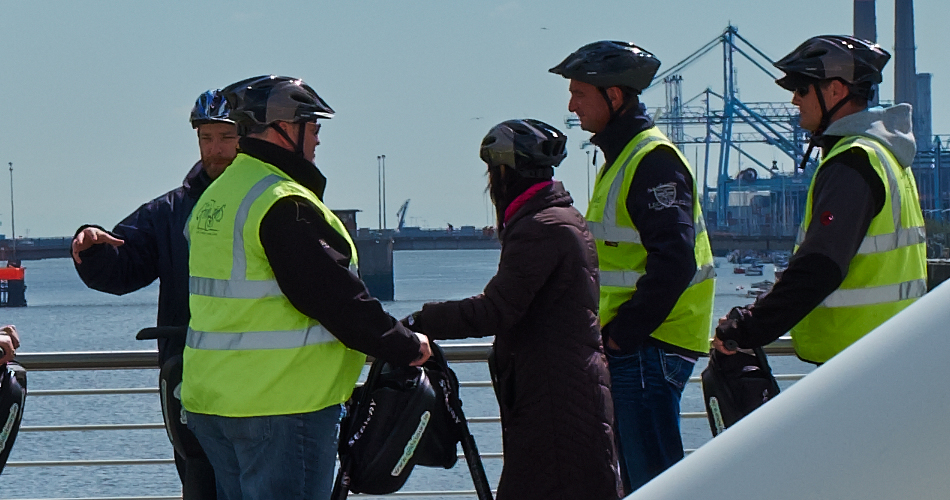
It might seem like splitting hairs , and it's hard to see the difference properly when you see it like this on a web page, but when you see the whole image on a big calibrated display the difference is quite stark. You'll just have to trust me on this.
Here are a few more images. (Just straight conversions with capture One… these aren't comparisons)

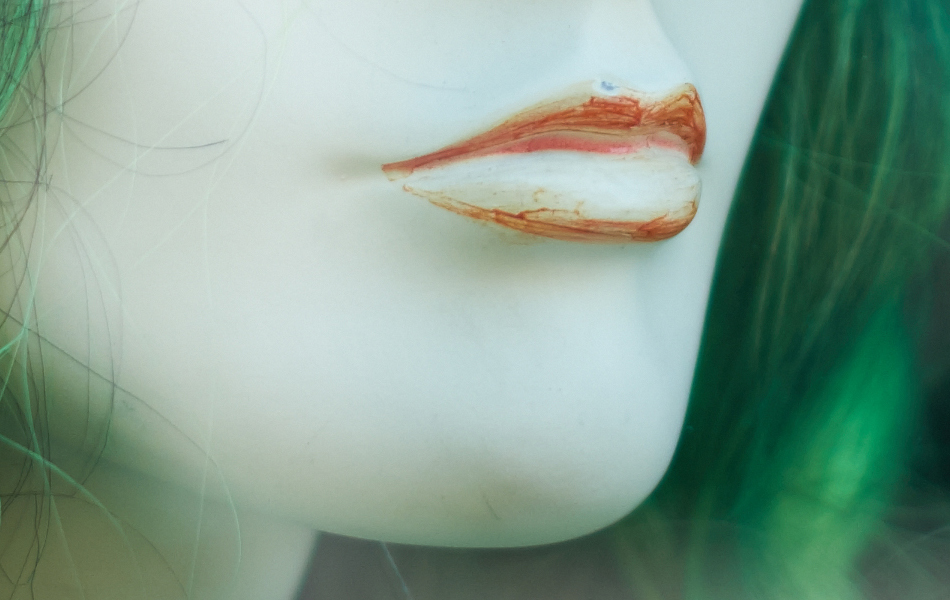
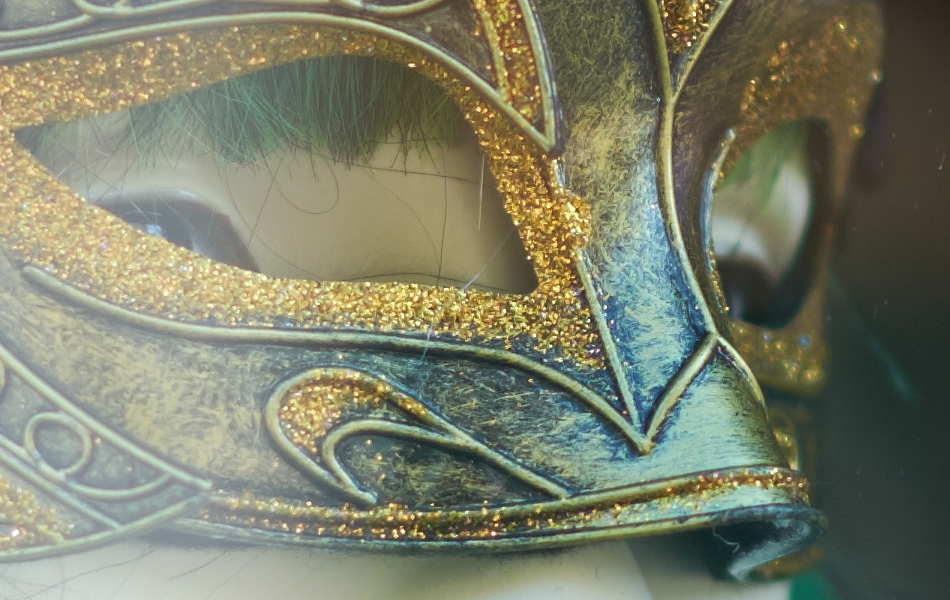
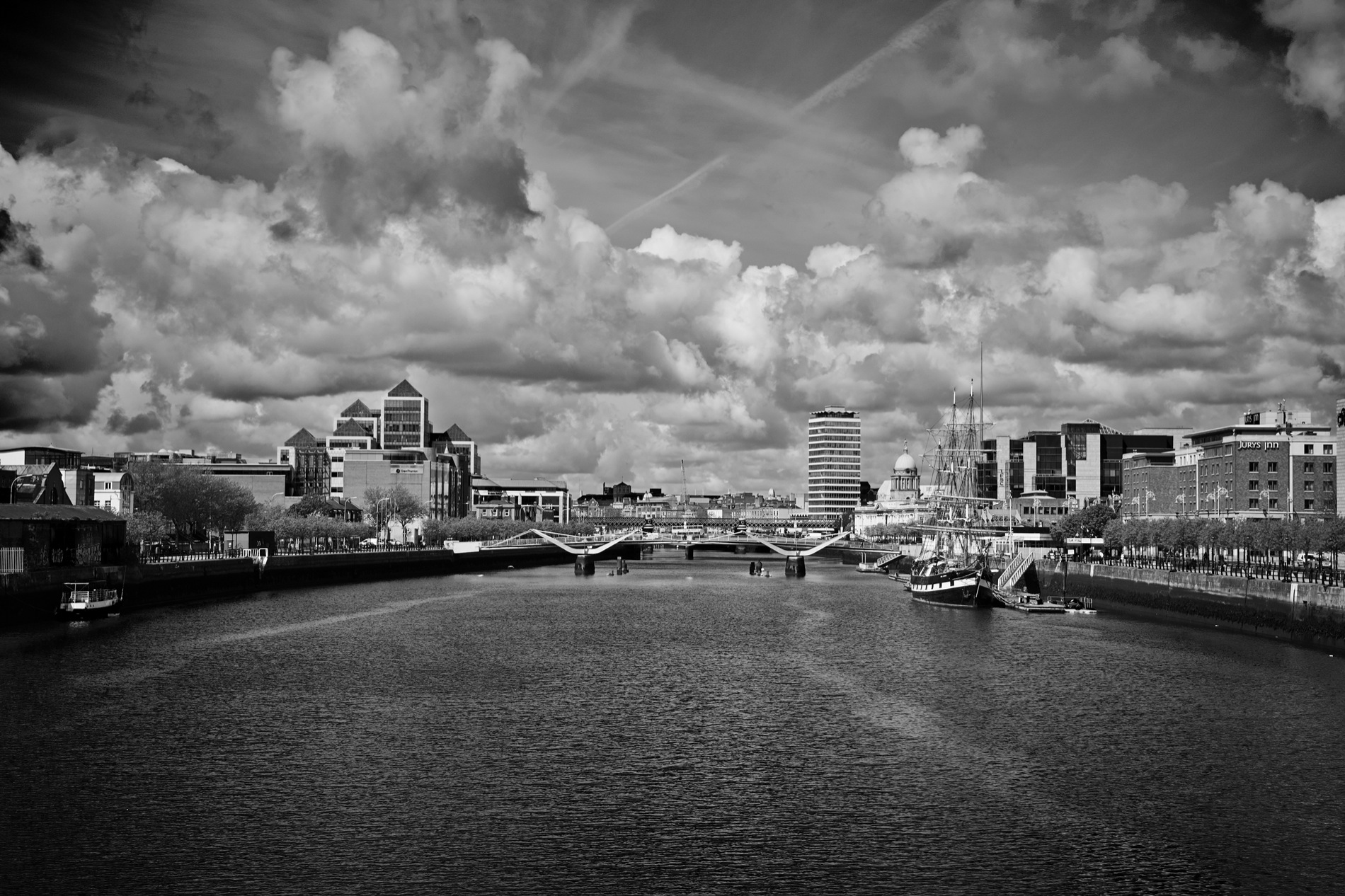
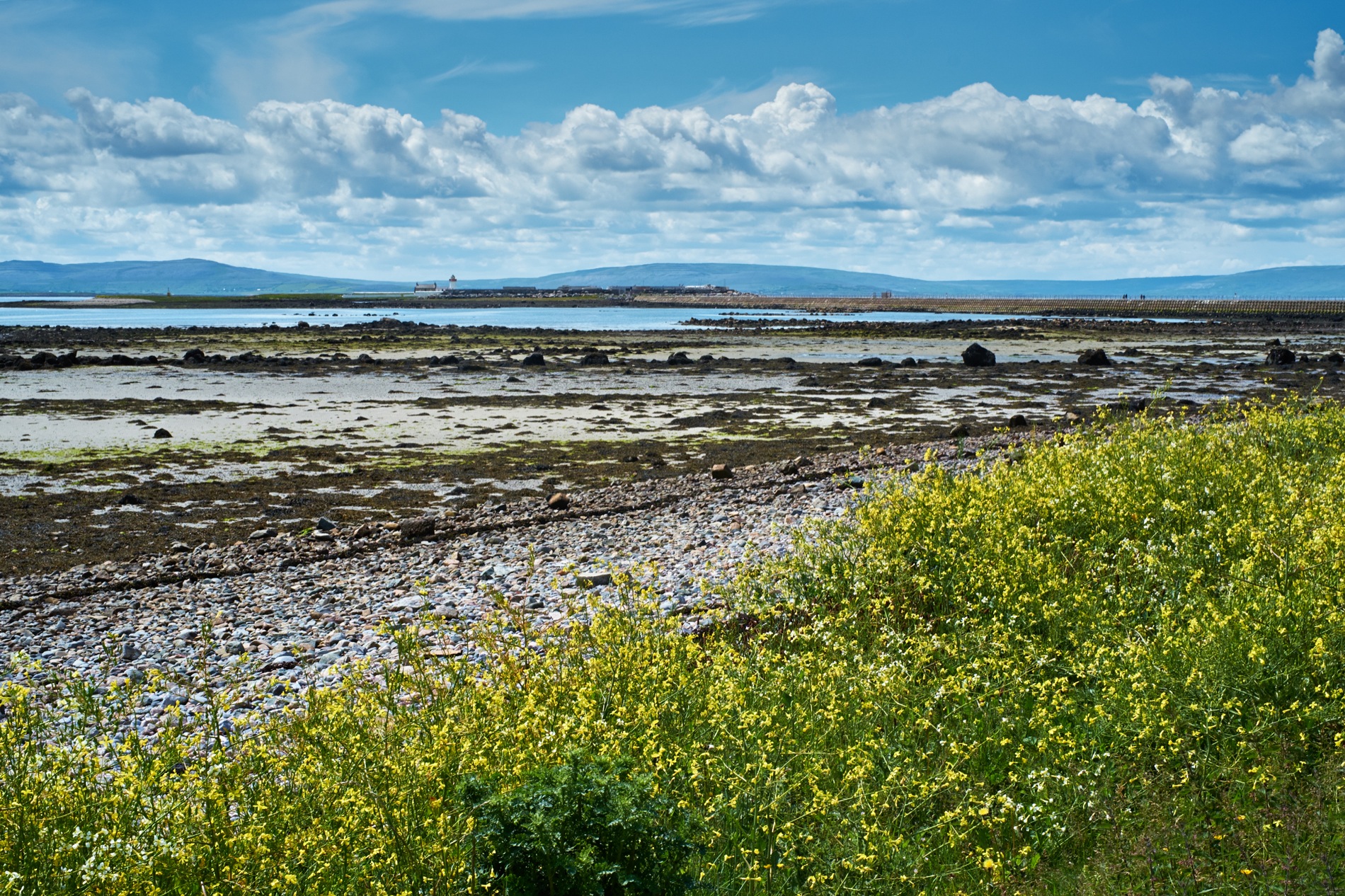
I've looked at lots of different images but you can't properly demonstrate the differences in a web page so go download the trial and try it for yourself.
The downside is that you need to learn a new piece of software, and it is quite slow, but I really think the difference is worth it. The one thing that this has really shown me though is just how bad Adobe's implementation is. I hope the people behind Lightroom at Adobe consider improving their support in Lightroom, but I'm not overly optimistic because I've talked to someone from the Company and I got the impression that they don't think that there is anything is wrong with it. But you never know, maybe this will spur them one.
It's not completely perfect. There are still some weird de-mosiacing artefacts, but it's substantially better than what Lightroom was producing.
Anyway, I'm delighted that someone has finally unlocked the true potential of the X-Trans sensor. I've been quite hard on the X-Pro1 in the past, but it's because I could see the un-tapped potential of the sensor to be really truly great (I know lots of people will say it is already), and this goes a long way to getting there. I'm definitely going to take another look and once I offload some old gear I'll certainly be jumping back on the X-Trans train.

